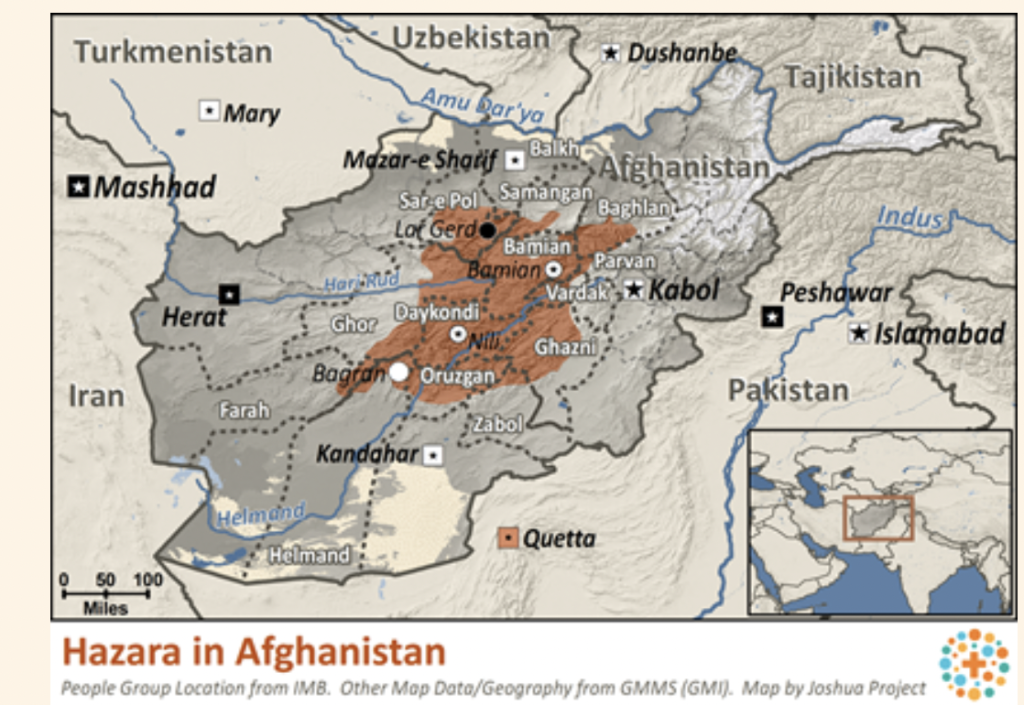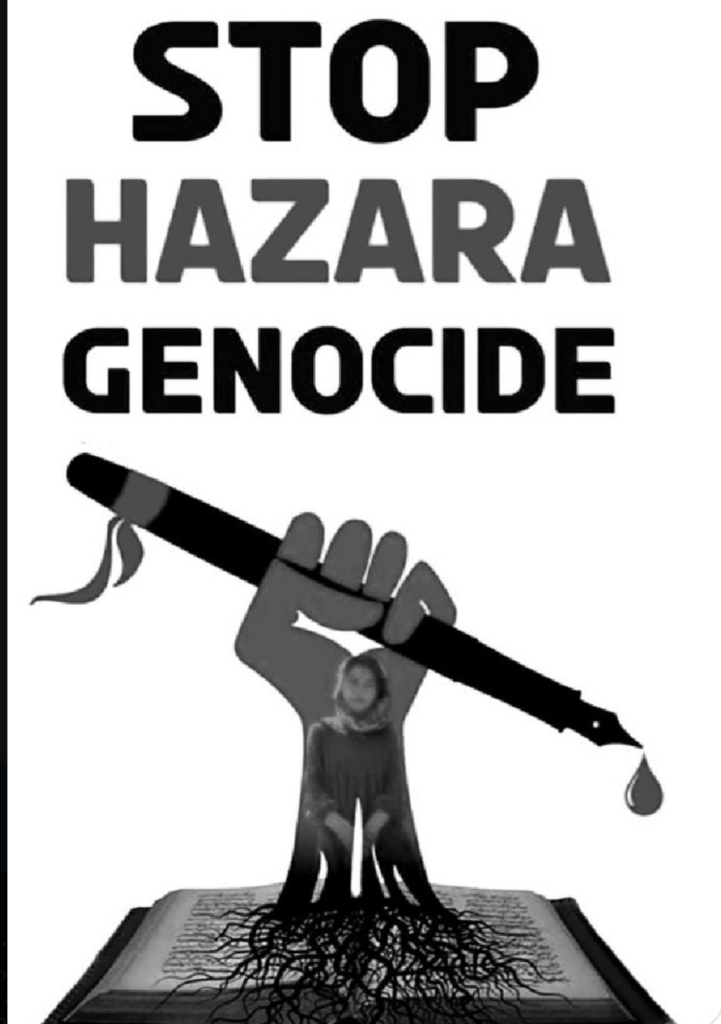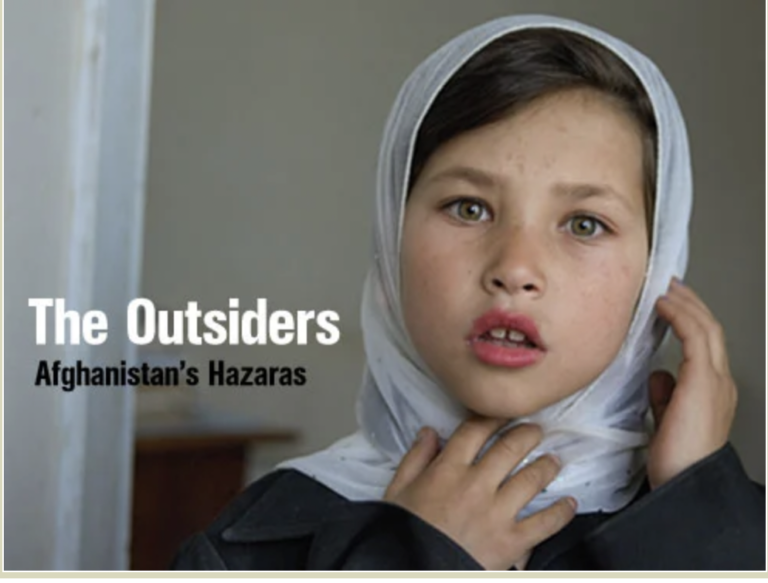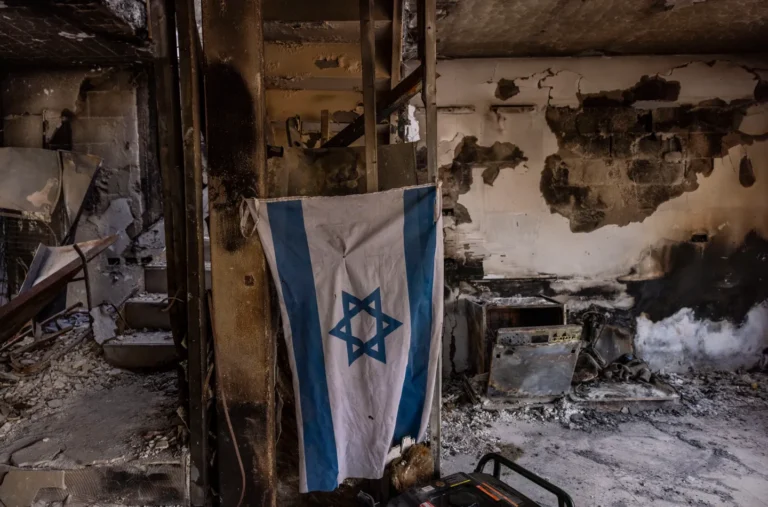by Andrea Tucci,
The Hazaras in Afghanistan speak Persian, predominantly practice Shiite Islam and constitute approximately 8 million people, making up approximately 20 percent of the Afghan population. For much of its history they have been “the other” in the “Afghan nation,” which is based on Sunni Islam, ethnic identity and the Pashto language.
The Hazaras live mainly in Afghanistan but also in Pakistan and Iran, where some have found refuge, but many others have emigrated, mostly forcibly due to persecution, to Australia, Canada, the United Kingdom and Northern Europe (Denmark and Sweden) .
In the last twenty years, when the 2004 Afghan Constitution guaranteed, at least in theory, freedom and equal rights to all citizens, the Hazaras have sought education as a fundamental resource to emerge.
However, both the Taliban and other Islamic extremist groups have continued to target them and the Afghan government has failed to guarantee the safety of their community.

With the Taliban returning to power in 2021, Hazaras faced further persecution.
The Taliban, strengthened by their “victory” and not discouraged by the international community, have intensified the persecution against them.
Recently, they have begun to arbitrarily detain Hazara women and girls for “not wearing the correct hijab,” although much evidence and testimony suggests that these detentions are motivated less by “enforcement of the hijab” and more by the intention to marginalize and persecute the Hazaras even more.
Images from detention centers show Taliban “policewomen” arresting women with their heads completely covered who have been detained by the Taliban for almost a month.
Hazara women and girls, in their own ways, resisted the infliction of terror and fear by the Taliban who closed schools, but Hazara girls went to educational centers where many sought to learn a foreign language and seek a education abroad. Then, when the Taliban realized they couldn’t stop the girls, they started arbitrarily detaining them, accusing them of not wearing proper clothing. But hijab and Islam are excuses.”
Taliban detention was terrible for many of them who were forced to fast during the day, pray at night and were sometimes punished for falling asleep. The Taliban despise women and girls, especially Hazara ones because, in their eyes, they are born with four unforgivable sins:
Hazara, women, Shiites and those seeking education.
Their community’s rights are further threatened by the Taliban’s religious homogenization policies, which particularly target the religious freedom of Shia Hazaras.
In early 2023, the Taliban eliminated Shiite theology taught in universities in Hazara-dominated provinces such as Bamiyan from the curricula. They later ordered private universities to purge their libraries of non-Sunni Islamic texts, including Shia and other religious books.
Since the return of the Taliban, hundreds of Hazaras have been killed or injured in attacks claimed by ISIS across the country. The Taliban, as the “de facto authority”, did not hesitate to tolerate these attacks.
In 2023, Pashtun residents of Urozgan-e Khas district in Urozgan province reportedly destroyed the properties of their Hazara neighbors, cut down their fruit trees, set fire to their houses and set fire to their crops of grain. According to locals, these acts of violence and abuse were carried out in coordination with the Taliban.
In a global appeal regarding the plight of the Hazara community, thousands of Afghan citizens have mobilized a global march to call for an end to “Hazara genocide” and “gender apartheid”.

It is necessary for the world community to increasingly understand the plight of the Hazara and act to counter incitement to violence and persecution against this community.




